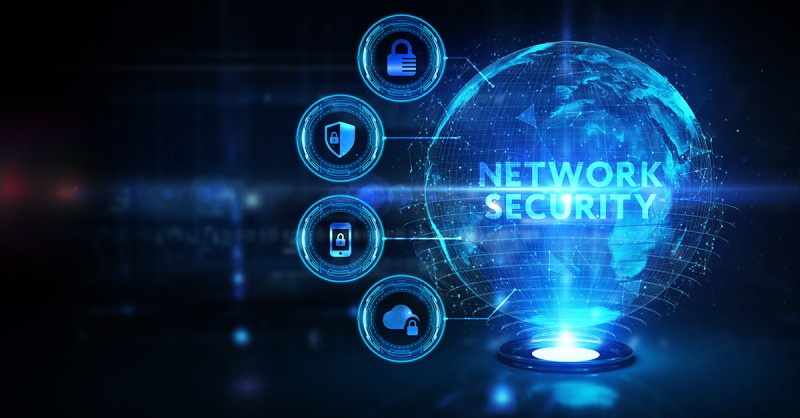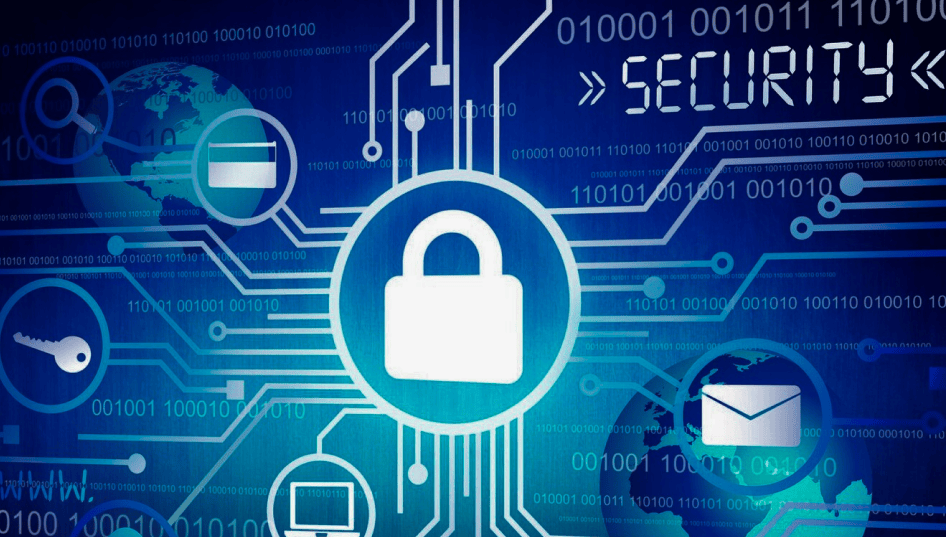FFT Perimeter Intrusion Solutions: Comprehensive Security Measures for Modern Enterprises
FFT Perimeter Intrusion Solutions: Comprehensive Security Measures for Modern Enterprises
Blog Article
How Data and Network Protection Safeguards Versus Arising Cyber Threats
In a period marked by the rapid advancement of cyber risks, the significance of information and network safety has never been extra noticable. As these hazards become extra intricate, recognizing the interplay in between information security and network defenses is vital for mitigating threats.
Comprehending Cyber Dangers

The ever-evolving nature of modern technology constantly introduces brand-new vulnerabilities, making it essential for stakeholders to remain watchful. People may unwittingly succumb social design strategies, where attackers manipulate them right into revealing delicate info. Organizations face one-of-a-kind challenges, as cybercriminals often target them to manipulate beneficial data or interrupt procedures.
Moreover, the increase of the Web of Points (IoT) has expanded the attack surface, as interconnected gadgets can function as entry factors for assailants. Identifying the value of robust cybersecurity techniques is vital for minimizing these threats. By promoting a thorough understanding of cyber threats, companies and individuals can implement reliable approaches to safeguard their digital properties, guaranteeing durability despite a progressively complex threat landscape.
Key Components of Information Safety And Security
Guaranteeing data security requires a diverse approach that encompasses different essential elements. One essential component is data security, which transforms sensitive details right into an unreadable layout, easily accessible only to authorized individuals with the proper decryption keys. This works as a vital line of protection against unapproved access.
An additional essential component is access control, which controls who can view or control information. By applying rigorous customer verification procedures and role-based accessibility controls, organizations can lessen the threat of expert hazards and data violations.

In addition, information concealing techniques can be utilized to secure delicate details while still permitting its use in non-production environments, such as screening and advancement. fft perimeter intrusion solutions.
Network Safety Approaches
Applying robust network safety approaches is crucial for safeguarding an organization's digital facilities. These methods entail a multi-layered technique that consists of both software and hardware solutions developed to shield the honesty, privacy, and accessibility of data.
One important component of network safety is the implementation of firewalls, which work as a barrier between relied on interior networks and untrusted outside networks. Firewalls can be hardware-based, software-based, or a combination of both, and they help filter outward bound and incoming web traffic based upon predefined safety and security policies.
In addition, intrusion detection and prevention systems (IDPS) play an important function in checking network traffic for questionable activities. These systems can inform managers to possible breaches and take activity to reduce risks in real-time. Routinely patching and upgrading software program is likewise crucial, as vulnerabilities can be made use of by cybercriminals.
Moreover, implementing Virtual Private Networks (VPNs) makes certain secure remote accessibility, encrypting information sent over public networks. Last but not least, segmenting networks can decrease the assault surface area and consist of possible violations, restricting their effect on the total framework. By taking on these techniques, organizations can properly strengthen their networks against emerging cyber threats.
Best Practices for Organizations
Establishing finest techniques for organizations is critical in maintaining a strong safety pose. A comprehensive technique to data and network security begins with routine danger evaluations to recognize susceptabilities and potential dangers. Organizations ought to apply durable gain access to controls, ensuring that just licensed workers can access sensitive data and systems. Multi-factor verification (MFA) must be a basic need to improve security layers.
In addition, constant worker training and recognition programs are necessary. Workers need to be informed on acknowledging phishing efforts, social design tactics, and the importance of adhering to safety protocols. Normal updates and spot management for software program and systems are also essential to safeguard versus recognized vulnerabilities.
Organizations should create and check case feedback prepares to make sure preparedness for prospective violations. This consists of developing clear interaction channels and duties throughout a safety case. Data file encryption ought to be used both at remainder and in transit useful content to guard delicate details.
Lastly, performing periodic audits and conformity checks will certainly assist ensure adherence to established plans and pertinent laws - fft perimeter intrusion solutions. By adhering to these ideal techniques, organizations can considerably improve their durability versus arising cyber threats and protect their essential possessions
Future Trends in Cybersecurity
As organizations navigate a progressively intricate digital landscape, the future of cybersecurity is poised to develop considerably, driven by moving and arising modern technologies danger standards. One famous fad is the combination of expert system (AI) and equipment knowing (ML) right into safety structures, permitting real-time risk detection and response automation. These technologies can analyze huge quantities of information to determine anomalies and prospective violations much more effectively than standard methods.
Another vital trend is the rise of zero-trust architecture, which needs continuous confirmation of user identities and device safety and security, despite their area. This technique minimizes the threat of insider threats and enhances defense versus exterior attacks.
Furthermore, the raising adoption of cloud solutions necessitates durable cloud safety and security strategies that attend to special vulnerabilities connected with cloud atmospheres. As remote work comes to be a permanent fixture, safeguarding endpoints will additionally end up being read review paramount, resulting in a raised emphasis on endpoint detection and reaction (EDR) remedies.
Lastly, regulative compliance will certainly remain to shape cybersecurity methods, pressing organizations to embrace a lot more rigorous data protection steps. Accepting these trends will certainly be necessary for companies to strengthen their defenses and browse the evolving landscape of cyber threats effectively.
Verdict
In verdict, the application of robust data and network security procedures is crucial for companies to guard versus arising cyber dangers. By using security, accessibility control, and reliable network safety approaches, companies can dramatically minimize vulnerabilities and safeguard sensitive info.
In an era noted by the quick advancement of cyber hazards, the relevance of data and network protection has actually never been more pronounced. As these hazards end fft perimeter intrusion solutions up being extra complex, recognizing the interaction between data safety and security and network defenses is essential for reducing risks. Cyber risks encompass a vast range of destructive tasks intended at endangering the privacy, integrity, and accessibility of networks and information. A detailed technique to information and network security starts with normal risk analyses to determine vulnerabilities and prospective dangers.In conclusion, the application of robust information and network safety procedures is vital for companies to safeguard against emerging cyber dangers.
Report this page